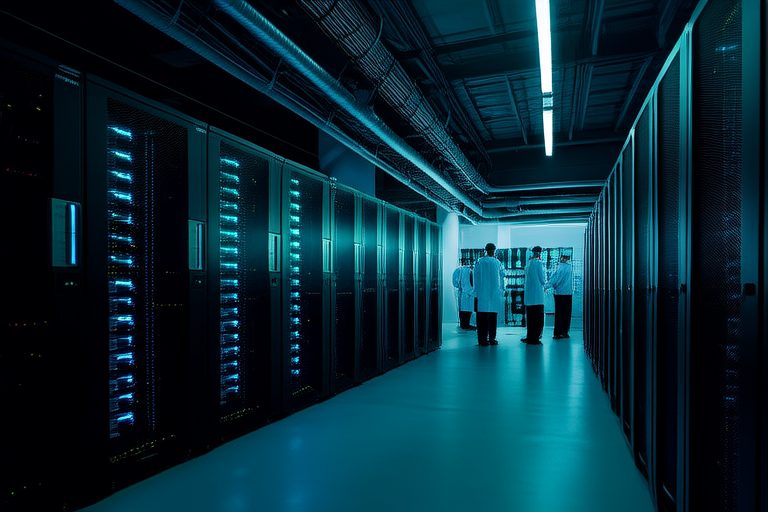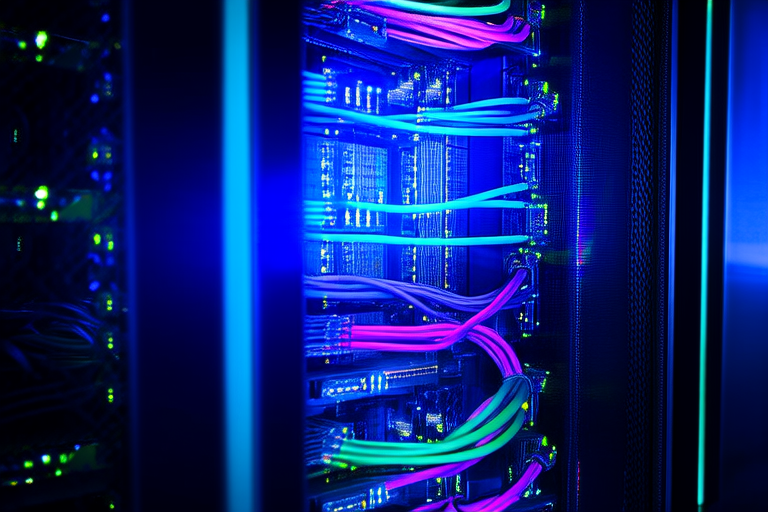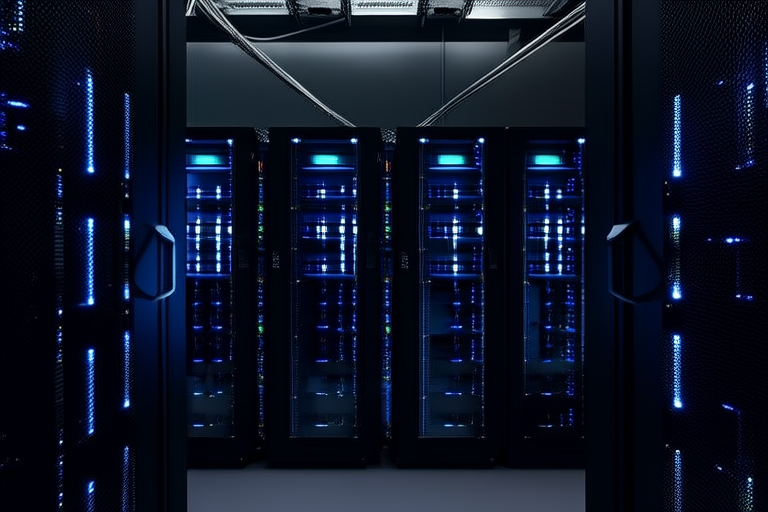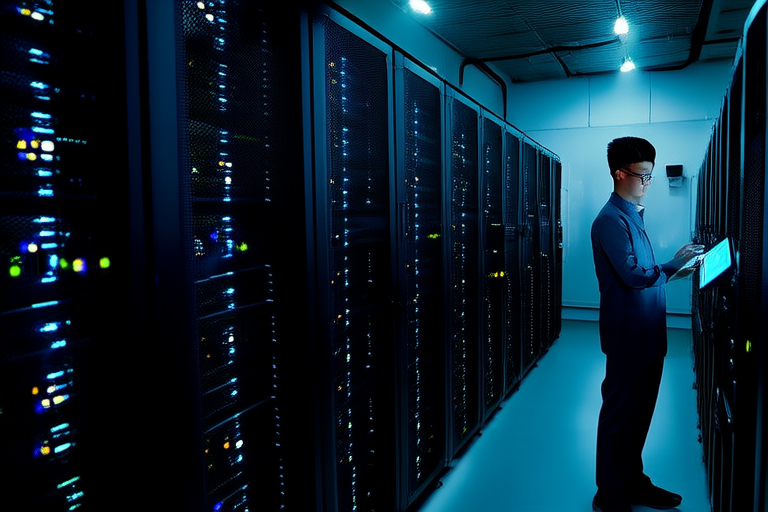Cloud vs. Edge Computing: Understanding the Key Differences and Use Cases
Introduction
In today’s digital era, businesses are increasingly relying on advanced computing technologies to process vast amounts of data efficiently. Two prominent paradigms that have emerged are cloud computing and edge computing. While both offer unique advantages, they cater to different needs and scenarios. This article aims to provide a comprehensive understanding of the fundamental differences between cloud and edge computing, focusing on architecture, data processing, latency, scalability, and cost-efficiency. Additionally, real-world use cases will be explored to help readers determine which solution is better suited for specific applications.
Key Differences
Architecture
Cloud computing operates on a centralized architecture where data is stored, processed, and managed in remote data centers. These data centers are typically maintained by third-party providers, offering services over the internet. In contrast, edge computing adopts a decentralized architecture, bringing computation and data storage closer to the source of data generation, such as IoT devices or local servers. This proximity minimizes the distance data must travel, enabling faster decision-making.
Data Processing
In cloud computing, data is transmitted from the source to centralized servers for processing. This approach is ideal for tasks requiring extensive computational power or long-term data storage. On the other hand, edge computing processes data locally at or near the data source. This localized processing reduces the need for constant communication with a central server, making it suitable for time-sensitive applications.
Latency
One of the most significant distinctions between cloud and edge computing lies in latency. Cloud computing often introduces delays due to the time required to send data to remote servers and receive responses. Edge computing, however, drastically reduces latency by processing data closer to its origin. This makes edge computing particularly advantageous for applications requiring real-time responses, such as autonomous vehicles or industrial automation.
Scalability
Cloud computing excels in scalability, allowing businesses to dynamically adjust resources based on demand. Cloud providers offer virtually unlimited storage and computational capacity, enabling organizations to scale up or down seamlessly. Edge computing, while capable of scaling, faces physical limitations due to its reliance on local hardware. However, it compensates by distributing workloads across multiple edge nodes, ensuring efficient resource utilization.
Cost-Efficiency
The cost structure of cloud and edge computing differs significantly. Cloud computing operates on a pay-as-you-go model, where users pay only for the resources they consume. This flexibility can be cost-effective for businesses with fluctuating workloads. Edge computing, though, may involve higher upfront costs due to the need for local infrastructure. However, it can reduce operational expenses in the long run by minimizing bandwidth usage and lowering dependency on external networks.
Use Cases
Cloud Computing Use Cases
Cloud computing is particularly well-suited for applications that require massive computational power, extensive storage, or collaboration across geographies. Some notable examples include:
- Big Data Analytics: Cloud platforms enable businesses to analyze large datasets efficiently. For instance, e-commerce companies leverage cloud-based analytics tools to gain insights into customer behavior and optimize marketing strategies.
- Software as a Service (SaaS): Applications like Google Workspace and Microsoft 365 rely on cloud infrastructure to deliver seamless user experiences while ensuring accessibility from any device with an internet connection.
- Disaster Recovery: Cloud-based backup and recovery solutions provide businesses with a reliable way to safeguard critical data and ensure business continuity in case of system failures or cyberattacks.
Edge Computing Use Cases
Edge computing shines in scenarios where low latency, real-time processing, and offline capabilities are paramount. Examples include:
- Internet of Things (IoT): Edge devices process data locally, reducing the burden on cloud servers and enabling real-time monitoring. For example, smart home systems use edge computing to control lighting and temperature settings without relying on constant internet connectivity.
- Autonomous Vehicles: Self-driving cars require instantaneous decision-making to ensure passenger safety. Edge computing enables these vehicles to process sensor data locally, responding to obstacles or traffic conditions without delay.
- Industrial Automation: Manufacturing plants utilize edge computing to monitor machinery performance and detect anomalies in real time. This proactive approach helps prevent equipment failures and minimizes downtime.
Conclusion
Both cloud computing and edge computing play vital roles in modern technology ecosystems, each addressing specific challenges and requirements. Cloud computing offers unparalleled scalability, flexibility, and cost-efficiency for tasks that do not demand immediate responses. It is an excellent choice for big data analytics, SaaS applications, and disaster recovery solutions. Conversely, edge computing provides low-latency, real-time processing capabilities essential for IoT applications, autonomous vehicles, and industrial automation.
When deciding between cloud and edge computing, businesses should evaluate their specific needs, considering factors such as latency sensitivity, scalability requirements, and budget constraints. In some cases, a hybrid approach that combines the strengths of both paradigms may offer the most effective solution. By understanding the key differences and use cases outlined in this article, organizations can make informed decisions to optimize their computing infrastructure and drive innovation forward.




